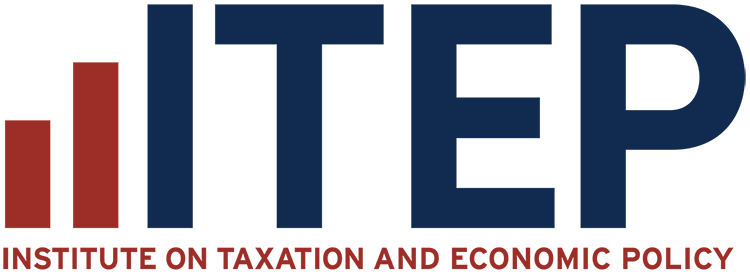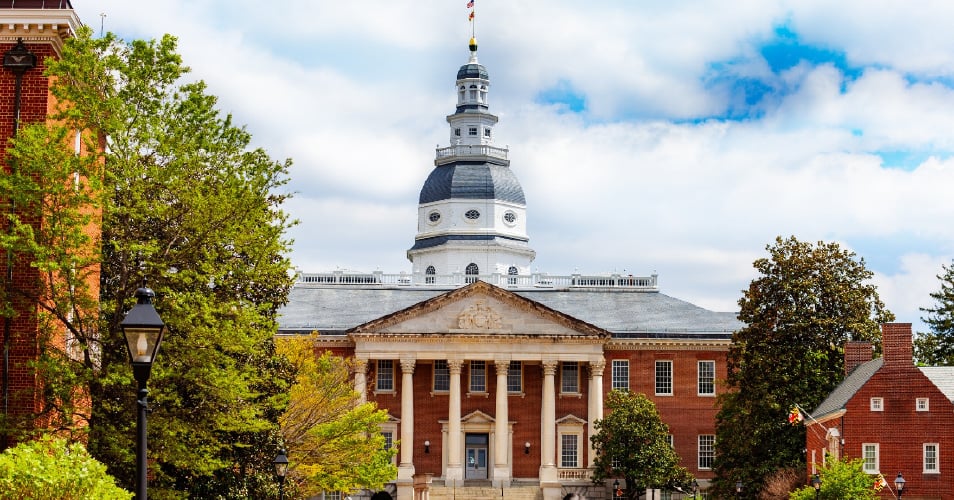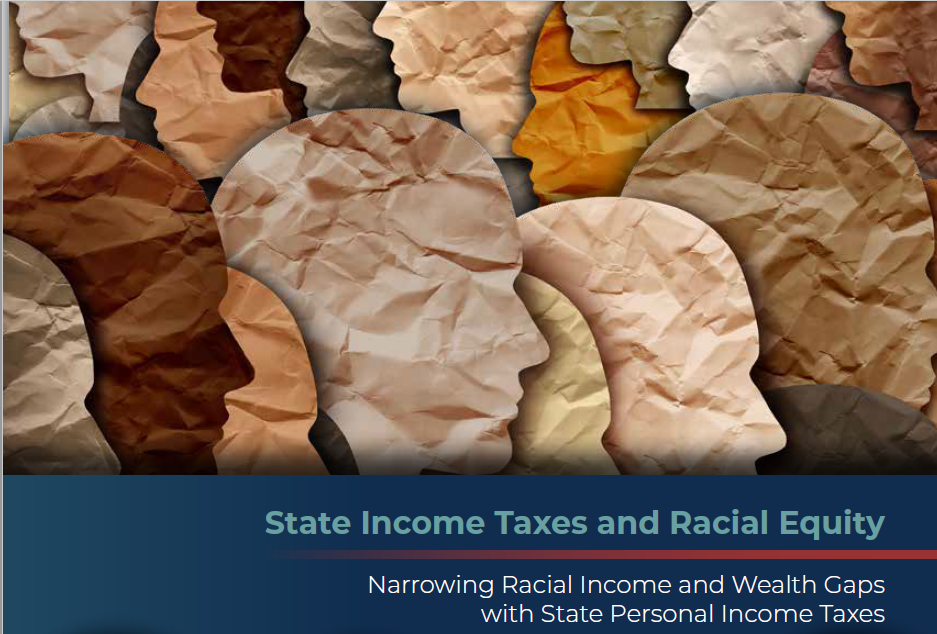Maryland policymakers are narrowing the state’s income and race disparities by revising the state’s personal income tax. By targeting tax increases on high-income households while cutting taxes for most households of all racial and ethnic groups, Maryland is demonstrating that progressive tax policy can advance racial equity while generating additional state revenue.
This year Maryland lawmakers made significant changes to the state’s personal income tax. They increased taxes on the wealthy by creating two new high-income tax brackets and a new capital gains surcharge, and by limiting itemized deductions for high-income earners. And they cut taxes for middle-income and poor Marylanders by establishing a higher standard deduction and a moderate expansion of the Child Tax Credit.
Altogether, we estimate these personal income tax changes will result in $623 million in net new revenue for the state to help fund K-12 schools, higher education, health care, and other services that are essential to expanding economic opportunity for all Marylanders.
This new revenue is coming entirely from the highest-income 20 percent of Maryland taxpayers, while on average Marylanders in other income groups are receiving a small income tax cut, our analysis shows. The bill also included less progressive changes such as a new sales tax on data and IT services, a higher tax rate on cannabis, and an expanded sales tax base. Taken as a whole, these changes mark a significant improvement in Maryland’s tax system. Before the bill, Maryland taxed its wealthiest residents at an average rate lower than it taxed the poorest taxpayers. With this bill, the reverse will be true: the highest-income households will pay slightly more than the poorest.
These policy changes will reduce racial disparities. At 32 percent, Maryland has the highest population of Black residents of any state outside the Deep South. As in the rest of America, Black-led households typically have far less wealth and income than their neighbors. The disparities they face are rooted in the U.S.’s history of slavery and segregation, which have continued to put Black people at a disadvantage in building and transferring wealth.
Maryland allowed slavery until late in the Civil War, and to this day has some of the nation’s most racially segregated schools. Today, the state’s Black and African American residents have a median household income of about $79,000 compared to $110,000 for white households, and a higher rate of poverty than white families — 13.6 percent versus 6.5 percent.
By making its tax code less regressive, Maryland is narrowing the racial income gap. Maryland’s two new high-income tax brackets will apply only to the very wealthiest Marylanders, who are predominantly white. Given the historic obstacles Black families have faced in accumulating wealth, the surcharge will have less impact.
Lastly, Maryland’s itemized deductions historically have largely failed Black households due to their lower rates of income and homeownership, so limiting those deductions reduces another source of unfairness in the tax code. Altogether, these tax changes reduce systemic disadvantages that have disproportionately held back the state’s Black residents. By contrast, the increased standard deduction is available to all income tax filers equally.
Our estimates show that these tax changes result in about 2.1 million Maryland households receiving a small tax cut; about 44 percent of those are white-led households and 35 percent are Black-led households, with the remainder from other racial and ethnic groups. Those closely track the overall distribution of Maryland households, 46 percent of whom are white-led and 34 percent of whom are Black-led. The average tax cut is roughly $46 across all racial groups.
By contrast, a much smaller, mostly white, group of about 200,000 higher-income households will face a tax increase. Some 69 percent of those households are white-led, with an average tax increase of $3,900; just 17 percent of those households are Black-led, with an average increase of $2,900. These differences result from the design of the tax bill, which targets high-income and high-wealth households, and reflects the fact that in Maryland most such households are white-led and far fewer are Black-led.
Maryland’s personal income tax changes provide modest tax cuts to everyone in the lower 80 percent of earners – especially the lowest 20 percent, who are disproportionately Black – while concentrating the tax hikes within the top 20 percent, who are disproportionately white. These new tax policies not only generate hundreds of millions of dollars for the state but also help narrow income and racial inequality within Maryland.





